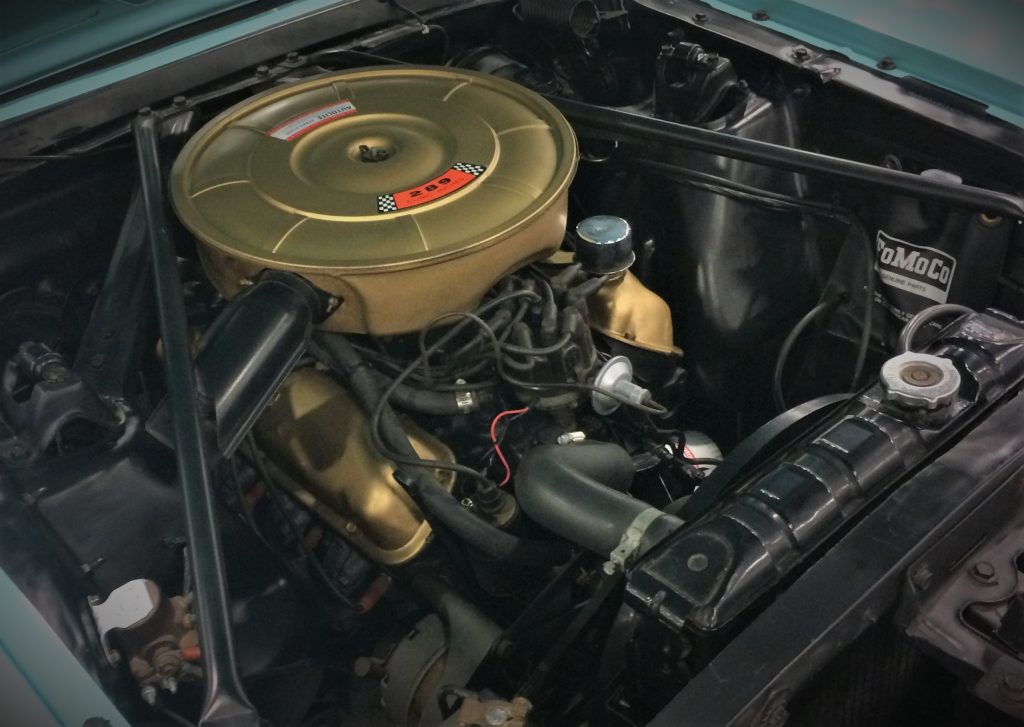Q: I have a question about a 289 V8. I have rebuilt the engine and replaced the stock heads with a set of 1968 302 heads rebuilt by a local machine shop. I replaced the cam with one whose specs match the ones recommended by Edelbrock for use with its Performer intake manifold. I also used a set of stock 1968 302 rocker arms.
After timing the engine and adjusting the valves, the can ran for about a day before the engine dropped a valve. I removed the valve cover and saw why: the rockers had chewed up the valve locks. Could I have adjusted the valve improperly, or were the heads rebuilt improperly.

A: What we think has happened is that you used the wrong type of rocker arm. The 1968 302 heads are designed for a non-rail style rocker, and it sounds like you used a rail style rocker.
The rail rocker is indented on the valve tip end, allowing it to come down around the valve stem tip and act like a guide plate. This type of rocker requires a longer valve tip length so the rocker does not contact and try to depress the valve locks before depressing the valve itself. Because the valve locks were beat up, it sounds like you need to swap the rockers for the non-rail type and some other way to guide the rocker arms such as a set of guide plates.
…

This may be an old page, but the information is incorrect. 1968 302 heads are absolutely rail-type heads. It was the 62 to mid 66 engines that did not use rail rockers, instead using a slotted pushrod hole. What I’ve come across is that some folks have rebuilt the heads with slightly shorter-tipped valves either by accident or by neglect since some chevy valves are shorter but use the same specs otherwise as well as the early 289 valves that sometimes cross reference incorrectly. My guess is that the valves were the short-tipped type and the rail rockers pushed the retainer down far enough the keepers fell out. This combination could result in the failure, but this is reverse of the the guesswork of the author who has incorrectly said the 1968 302 was a non-rail rocker head.